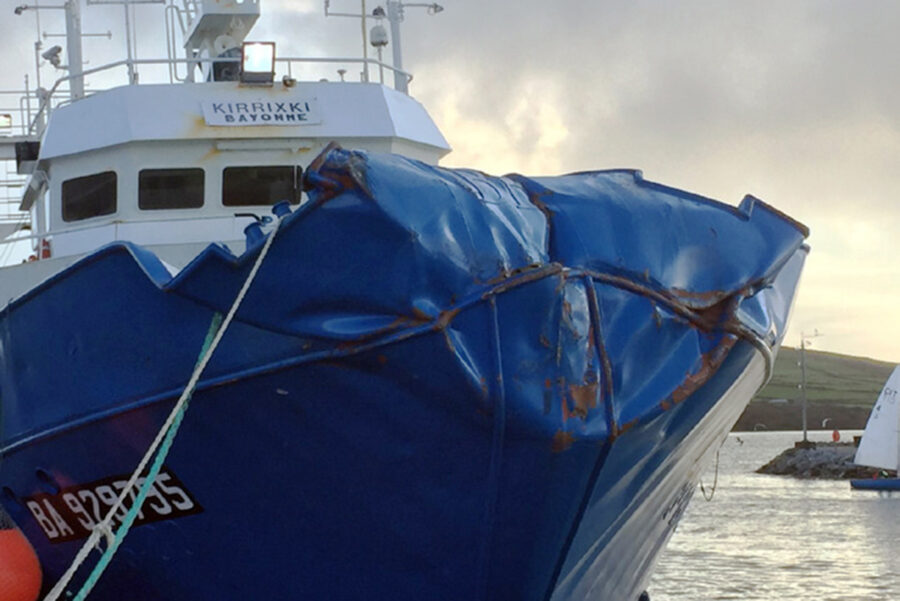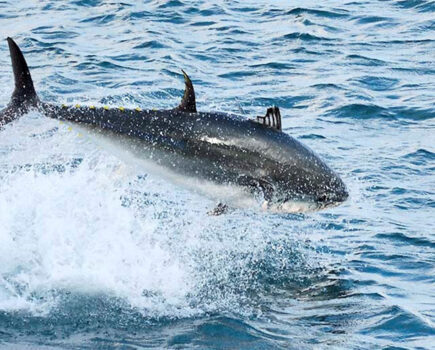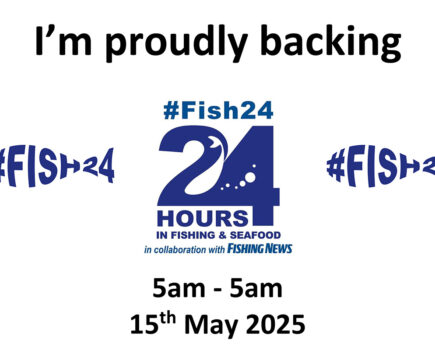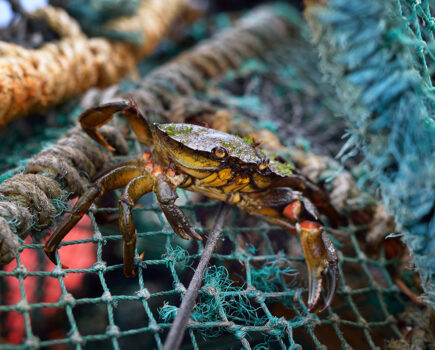Advice for fishermen from specialist marine law firm Bartons
By Jo Plummery
Collisions, as we know them, may well be consigned to the history books once autonomous navigation becomes the norm for commercial vessels. Until then, collisions will still be a fact of life, so it makes sense to know more about what happens after the physical event, when your insurers and appointed solicitors are doing their utmost to ensure a good recovery of insured and uninsured losses.
After a collision, once any danger has passed and the vessel and crew have been attended to, it is important to urgently let your broker know what has happened. Depending upon the seriousness of the damage or injuries, your insurers may appoint solicitors to attend the vessel upon its return to port, to take witness statements from the crew and secure relevant documents and data. It is often useful for solicitors to be present when the MCA and/or MAIB attend.
It is your duty to notify the MAIB of any accidents or incidents which occur in UK waters. Two surveyors will usually be appointed by insurers, one to examine your vessel and the other to inspect the third-party vessel.
At the outset, insurers must give consideration to arresting the other vessel involved in a collision before it leaves our jurisdiction, although this can usually be avoided where the third-party insurers are prepared to put up security sufficient to cover the anticipated reasonable claim and costs.
Most collision claims will be settled by negotiation between the parties, usually with one party making a payment to the other to reflect an apportionment of liability between two (or more) vessels. The parties will investigate all of the circumstances to determine which vessel was most at fault for the collision and resulting damage, with this vessel bearing the higher percentage of liability.
For instance, if the parties agree vessel A is 75% to blame for the collision and vessel B is 25% to blame, vessel B will recover 75% of its provable claim and vessel A will recover 25% of its provable claim. The shortfall will not be recoverable by either party, as against the other. A vessel’s own insurance will usually cover the shortfall in insured losses, but not usually the shortfall in uninsured losses, such as the loss of earnings for the period until the vessel is able to fish again.
Where the parties cannot agree on a percentage apportionment, in some cases a legal claim will be issued by one party in the Admiralty Court. Unlike the normal procedure in court, where the claimant issues a claim and the defendant files their defence in response, in collision claims, once a claim is filed, both parties must simultaneously send the court and the other party a document called the Collision Statement of Case.
This document has been updated this year to reflect modern practice, with the intention of ensuring early disclosure, improving information gathering, identifying issues at an early stage and managing the case appropriately.
One of the questions on the Collision Statement of Case is of particular relevance to fishers. It asks whether the vessel was engaged in fishing at the time of the collision and, if so, what gear was deployed. As all fishermen know, under the COLREGS (the International Regulations for Preventing Collisions at Sea 1972), irrespective of whether a vessel is on the starboard side of another vessel, both power-driven and sailing vessels must give way to a fishing vessel engaged in fishing. In this situation, the fishing vessel would be the stand-on vessel.
A vessel is only classed as fishing under the COLREGS when fishing with nets, lines, trawls or other gear which restricts manoeuvrability. It does not include a vessel fishing with trolling lines or other gear that does not affect manoeuvrability.
There are only a few circumstances when a fishing vessel is required by the rules, so far as possible, to give way to another vessel; these include a vessel not under command or a vessel restricted in its ability to manoeuvre. Whilst all vessels are required to do what they can to avoid a collision, the starting point for a court deciding liability is to consider which vessel was the stand-on vessel and which the give-way vessel.
The COLREGS require a vessel engaged in fishing to display two vertical all-round lights, green over white. When fishing in close proximity to other vessels that are fishing, there are additional requirements including, for fishing vessels over 20m, different lights to be displayed depending on whether the vessel is shooting or hauling.
The Collision Statement of Case asks fishers to provide details of the lights or shapes carried onboard. It would also be helpful here to include details of the lights on at the time of the collision, most importantly if fishing. This may well include deck lights at night.
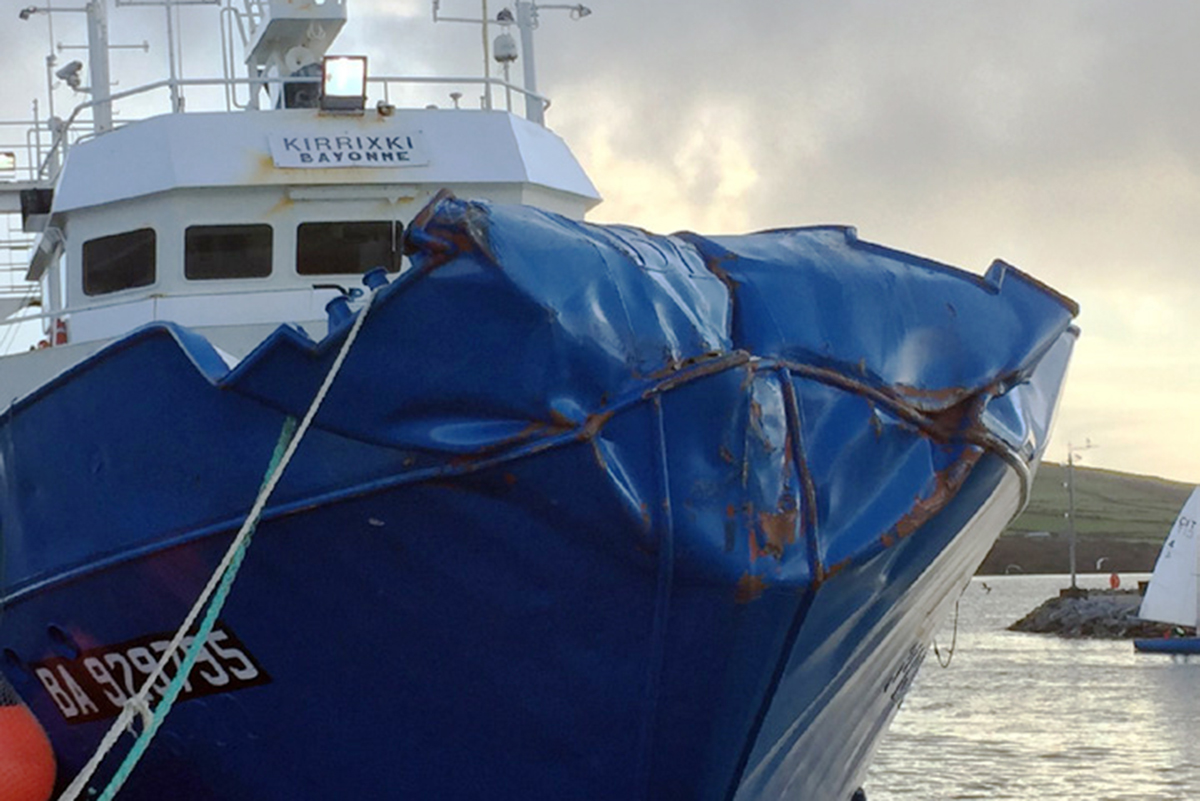
The French-registered fishing vessel Kirrixki narrowly escaped sinking in October 2019 when it collided with a cargo vessel six times its size off the southwest coast of Ireland. One fisherman was injured in the massive impact. (Photo: MAIB)
Naturally, you will be asked to provide information regarding the location of the collision, the distance and bearing of the other vessel, course steered, weather, sea state, wind and tide direction.
Details of the crew members in the wheelhouse at the time will need to be provided, as well as the navigation equipment available and what was in use, including the type, range and display settings selected. Information on any light or sound signal heard or given prior to the collision will also be required.
It is vital to make a sound signal if you are restricted in your ability to manoeuvre whilst fishing and another vessel is on a collision course. Not having made a sound signal – five short blasts – may count against you when liability is determined.
You will be asked to confirm if any alterations were made to the course and speed of the vessel up to the time of collision, and whether any measures other than alterations of course or speed were taken to avoid the collision.
While this will be evidenced in the surveyor’s report, details are required regarding the parts of each vessel that first came into contact, and the approximate angle between the two vessels at the moment of contact.
You will need to provide details of all equipment that records electronic track data, confirming whether it was in use at the time. An explanation will be required if it was not. The same applies for any audio recording. If the vessel was required to broadcast as well as receive AIS, which applies to all over-15m fishing vessels, confirmation will be required that it was in use. All track and other relevant data should be preserved.
The second section of the Collision Statement of Case contains further information regarding the sequence of events, the allegations of negligence and the remedy sought.
Notably, there is no request for information in the Collision Statement of Case relating to any conversations that took place in the lead-up to the collision or aftermath via VHF. This is because VHF is not considered to be a good collision avoidance tool, as misuse can lead to confusion and become a contributory factor. Irrespective of this, it would be a good idea to make a note of any relevant VHF conversations.
When investigating a collision, insurers and solicitors will be greatly assisted by owners, skippers and crew members making notes of the information detailed above as soon as practical, even before the vessel has made it back to port – but always only after the vessel and crew are all safe, which is the number one priority.
Jo Pummery, a solicitor with the specialist marine law firm Bartons, is a qualified new-entrant fisher who has been to sea on several commercial fishing trips.
Bartons is an award-winning law firm that also specialises in fishing-related personal injury matters and in the sale and purchase of fishing vessels, as well as representing fishermen, owners and fish producers in MMO, IFCA, MCA or HSE interviews and investigations.
To discuss any fishing-related legal issues, please call Jo or the team on: 01752 675740.
Further details can be found here.
This story was taken from the latest issue of Fishing News. For more up-to-date and in-depth reports on the UK and Irish commercial fishing sector, subscribe to Fishing News here or buy the latest single issue for just £3.30 here.
Sign up to Fishing News’ FREE e-newsletter here.

